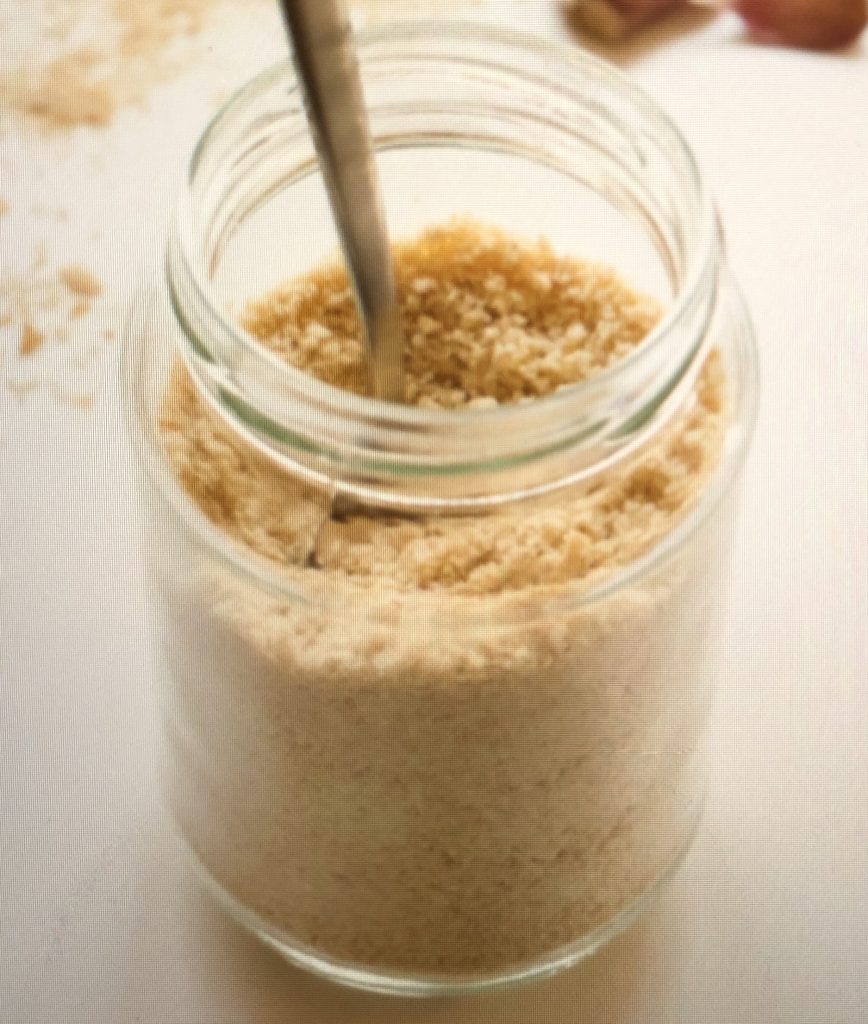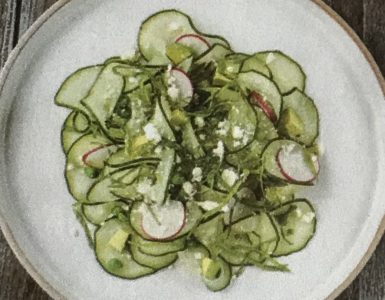
This is a basic condiment at the Temple. It helps me reduce my salt intake and it makes just about everything taste wonderful! I love it on rice, soups, potatoes, any vegetable, etc. We try to cook with no or very little salt so that people can add as much or as little as they need. I find that the Chinese cooks tend to make everything a little too salty for me, but I think that is because they eat everything with lots of rice, which is not salted. Many of us westerners do not eat rice with every meal or at all. Gomasio makes for every body being happy. We have tried to use black sesame seeds, which I do like on soft tofu and other dishes, but they do not work as well as white in gomasio. Enjoy!
- 1 Cup Sesame seeds
- 1 1/2 tsp Kosher salt
- Hemp seeds (optional)
- Nutritional yeast (optional)
- 2 Tbsp kelp, dulse, or nori granules (optional)
Heat dry skillet and reduce to low. Add sesame seeds and sea salt to cover bottom of pan. Stir and shake constantly while toasting. BE CAREFUL, it will burn if you are not. When seeds pop twice, shake pan, keeping seeds in motion until there are seven loud pops. This usually takes 6-8 minutes. The seeds should be a light golden color and fragrant. Remove from heat immediately. Grind the hot seeds, seaweed (if used), and salt in a suribachi bowl or cool and use small blender or food processor with “S” blade. Do not use blender or food processor while hot. Don’t grind too fine or it will make a paste—about half the seeds should remain whole, the rest powdered.
The salt may be fried first. This is to remove any moisture in the salt. Add hemp seeds and nutritional yeast, if used, after grinding. Use as a condiment and salt substitute.
OPTIONAL: Can add seaweed, hemp seeds, and/or nutritional yeast.





Add comment